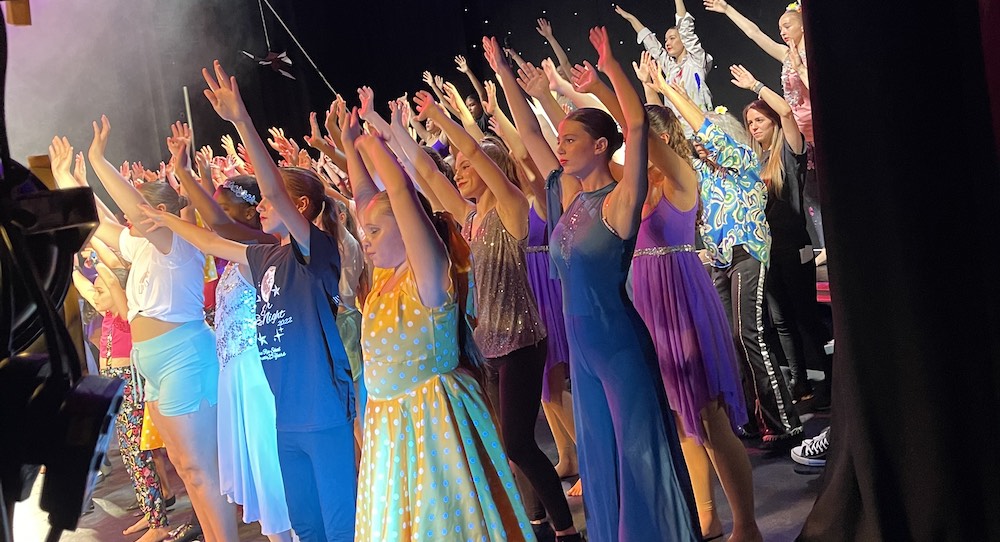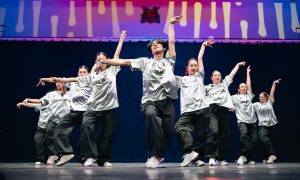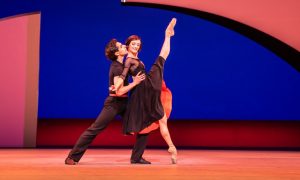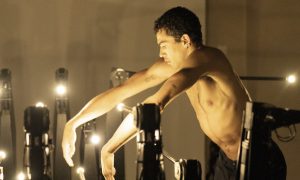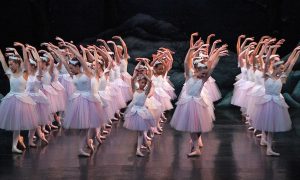Thinking about show-time? A studio owner preparing for a show has much pressure on their shoulders; conjuring up inspirational ideas (usually the fun part?!) location, time frame, enrolling enough dancers to take part, costumes, tickets and making sure they cover themselves financially. Run your eyes down this checklist and see what works for you.
#1. What do you want to get out of your show?
For your dancers to have a chance to shine? We know how much self-confidence they’ll gain, so encouraging them to take part is good for personal morale and development as much as it is for business. Shows are undoubtedly a great advertisement for your studio. Perhaps you want to fundraise for a charity, equipment for your school, or even to help cover studio costs. Being clear about your desired outcome makes it easier for you to plan accordingly.
#2. Plan early.
Can you ever be too early to start?
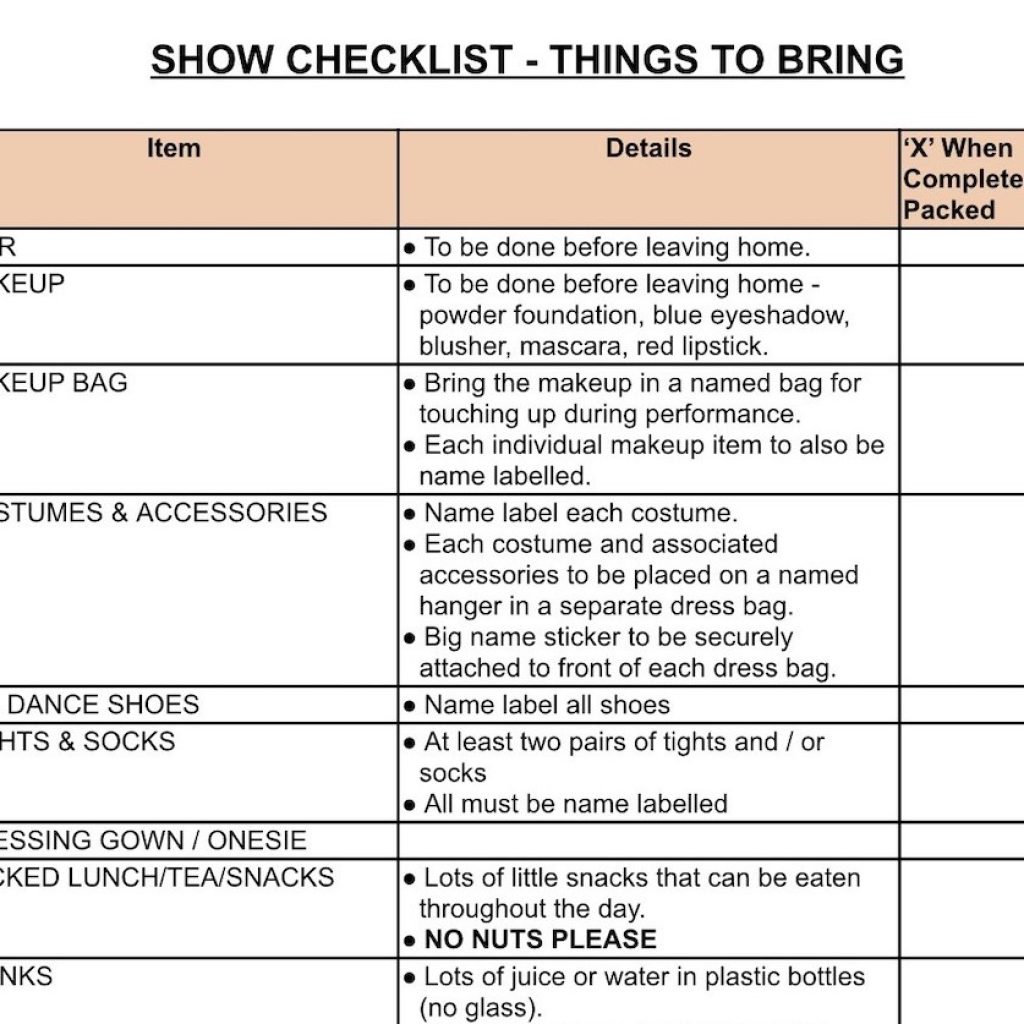
Secure your venue, up to a year or two ahead. If it’s a theatre, a technical team will usually come with your booking; if not, you will need to source lighting and sound equipment, too.
Book your photographer and videographer and get costs out to parents for budgeting. Check you have music licenses and any permissions for scripts in place, then look to build a great team of helpers around you; you will need them! Ask parents to enrol as chaperones several months in advance through their local council. Without their help in dressing rooms, the show really can’t go on!
#3. Play to your strengths.
Show time is a fun time to experiment with different dance styles and music in your numbers. That’s a positive, but consider what makes your school, your school? Use your strengths as the backbone of your production. Schedule plenty of diary time for your creative process, so it doesn’t get lost and you find yourself at rehearsals without a plan.
#4. Communication
If you have dancers’ parents onsite, it will make the show run so much easier. An initial letter detailing commitments and costings is extremely helpful. Continue to signpost this information and email round more than once as rehearsals progress, encouraging people to read and reread all the information you have packed in there.
A pre-show parents meeting can be great for them to hear your vision and your plans. Their understandable interest is in their own child, so an overview of show plans can be insightful and help to get everybody on the same page. You could even incorporate hair and makeup demonstrations.
A checklist on what to pack and bring to the theatre or show location, where to drop off and pick up, means more of what you’d like will happen!
#5. Costumes
Start with a nude colour base layer for modesty for all dancers, and try to keep costumes simple. Fiddly belts and hairpieces make quick changes difficult. Measure dancers yourself for costumes for accuracy rather than ask parents to send in measurements.
Hire them, or buy them?
Hiring costumes and asking parents to adjust them if needed could potentially work out cheaper, especially if you don’t intend to use the costumes again. Buying costumes so they can be reused, passed down, or treasured after their use, is also very popular. A top tip from Alison Ross who ran To The Pointe dancewear supply business for 18 years: “Try to order at least one costume that dancers can get future wear out of in class after the show, like a leotard.”
Could you organise costumes so parents can pay in instalments? Keep records up to date, and make sure you are covering your costs, including VAT and P&P.
#6. Tickets
Ideally the show venue would handle ticket sales for you. It’s not always possible, though, especially if your show is not taking place in a theatre and in those situations a delegated member of your team would be ideal place to look for support. Keep an eye on ticket sales so you can promote quieter performances – this is actually a good selling point for those who dislike crowds!
#7. Props, scenery and lighting
Write a lighting plan, adding notes and exact timings for any specific lighting. Give relevant information such as costume colour, and general mood of the number to assist lighting choices. And make an appointment to talk through your requirements with staff at your show venue.
Who will move props or scenery on and off the stage? Do you need to tape any markers onstage for correct placing? Have you remembered to fireproof them? Organise a rota as backstage helpers will likely want to watch at least one show.
#8. Backstage organisation
Side of stage, find a good spot for a tub of snacks and sweets to keep yourself and other teachers going – essential! And next to them, store your Master Folder. This should hold vital documents such as health, safety and first aid information, evacuation procedures, fire drills and risk assessments for each dressing room and venue space, roles of the chaperone, signing in and out sheets. A folder should also go in each dressing room.
Have plenty of lists to display backstage for quick reference:
- Quick changes – ‘who, when and what costume!’ Have a separate quick change costume rail for those who won’t have time to get back to their dressing room to change.
- Scenery and prop plans and timings.
- Dressing rooms. A list of dancers and chaperones on the outside of each door is very helpful when trying to find someone quickly. Plan runners to go to dressing rooms and have dancers lined up leading to the stage to ensure smooth running. This is often fun for ex-students to do, as they still get to be a part of the show and the backstage fun.
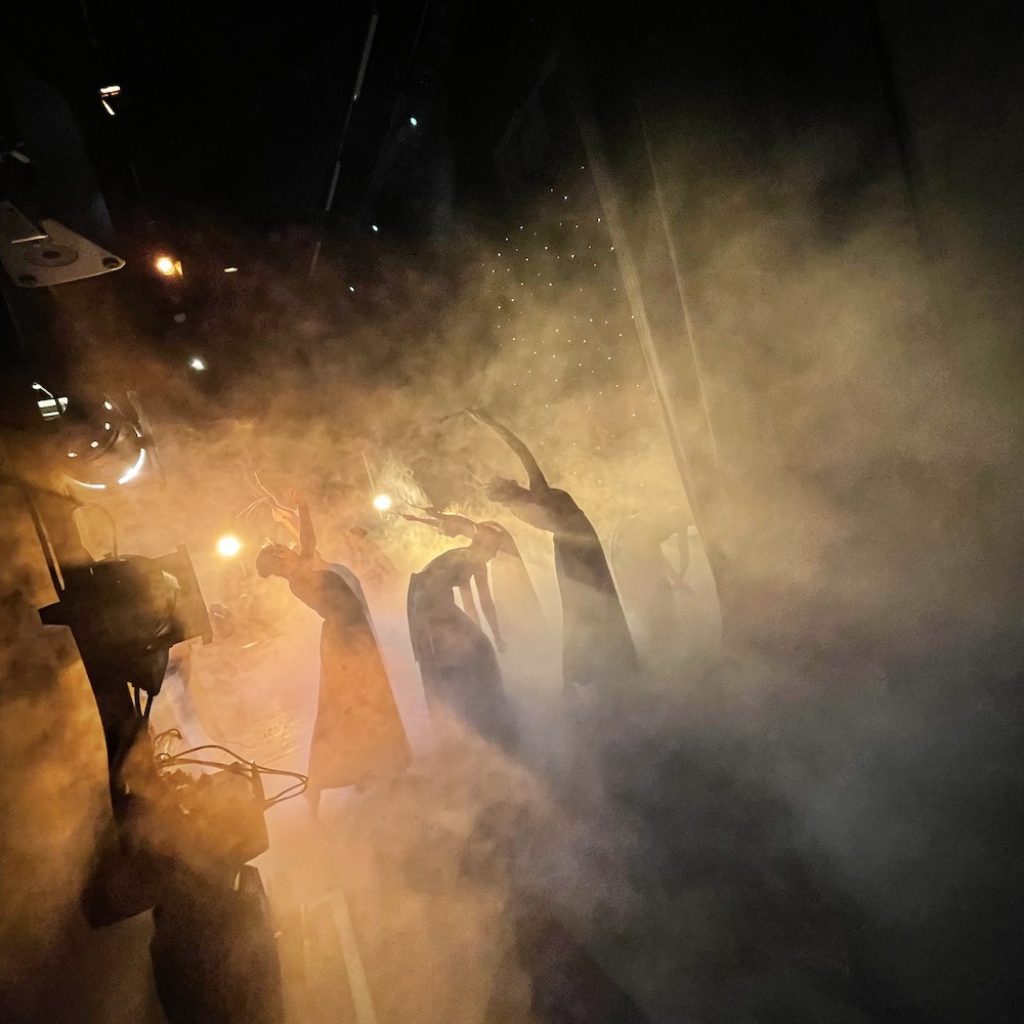
#9. The running order
This could take weeks to perfect, but if you’re having a programme printed, you’ll need to decide quickly.
Keep your audience in mind, as the majority will be there to support their own dancer, so what can you offer throughout the show, in terms of storyline, themes, song choices or even audience participation to keep them entertained?
How to avoid those clashes when no matter how you try, there are dancers in back-to-back numbers? Sometimes, it’s unavoidable and you’ll have to organise chaperones to be on hand for a very fast quick change. Other times, you might be able to alternate different age groups. You might add drama sketches, a song, or short film projection between numbers, to cover your quick changes.
#10. Miscellaneous
- Delegate and accept help. But keep an overview and stay in charge.
- A lot of people enjoy having a programme as a momento, but plan your time to put together photographs and text to fill it. Consider asking local businesses to sponsor it in return for an advert.
- Will you have any show merchandise, eg t-shirts?
- Front of House – a team to sell programmes and any merchandise – unless you can organise selling them prior to the show at classes?
- Have every participant/parent fill out an ‘update my details’ form. Better safe than sorry.
This inexhaustive list (what else would you add to it?) proves there’s an awful lot to think about that can draw your attention away from the ultimate aim, which is to present a show that everybody wants to watch!
Plan early, stay focussed, and look forward to the day after the last show when you can put your feet up and enjoy it all in hindsight!
By Louise Ryrie of Dance Informa.


